5 Mistakes Developers Make When Importing Windows from China (and How to Avoid Them)
- BEATUS
- Mar 13
- 3 min read
Updated: Mar 16
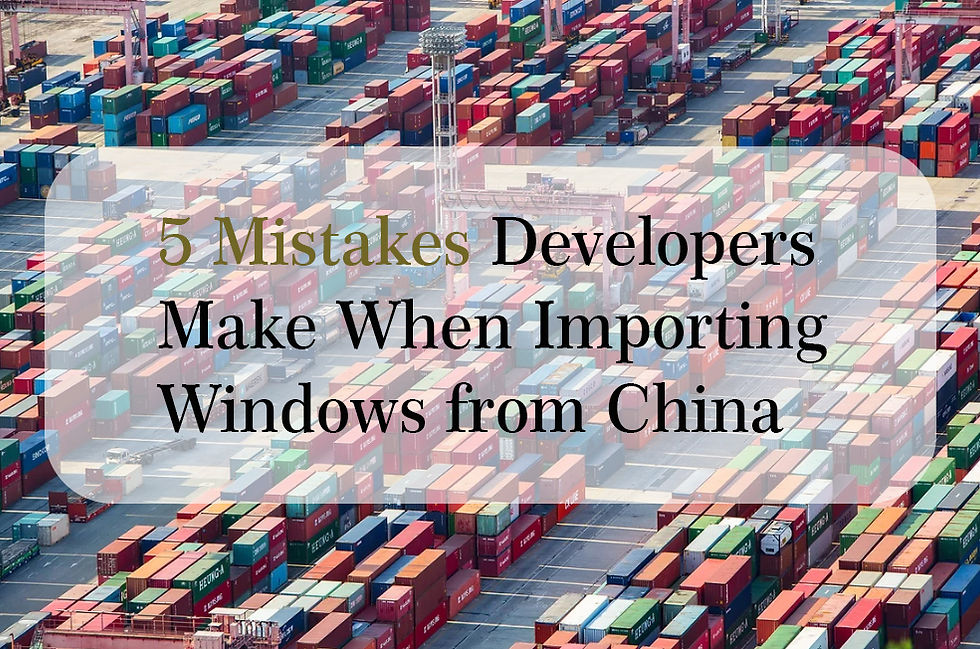
Importing windows from China can bring superior design, energy efficiency, and durability to your high-end project, all at a competitive price. However, developers must carefully plan the process of sourcing, importing, and installing these windows to avoid costly mistakes and delays.
As a window and door manufacturer based in Guangdong, China, BATUS Facade has nearly 20 years of export experience, with 80% of orders coming from international markets, including the Americas, the Middle East, and Oceania. We understand the challenges developers face when importing windows, and this article aims to help you avoid common mistakes and keep your projects on track.
Mistake#1: Inadequate Supplier Verification
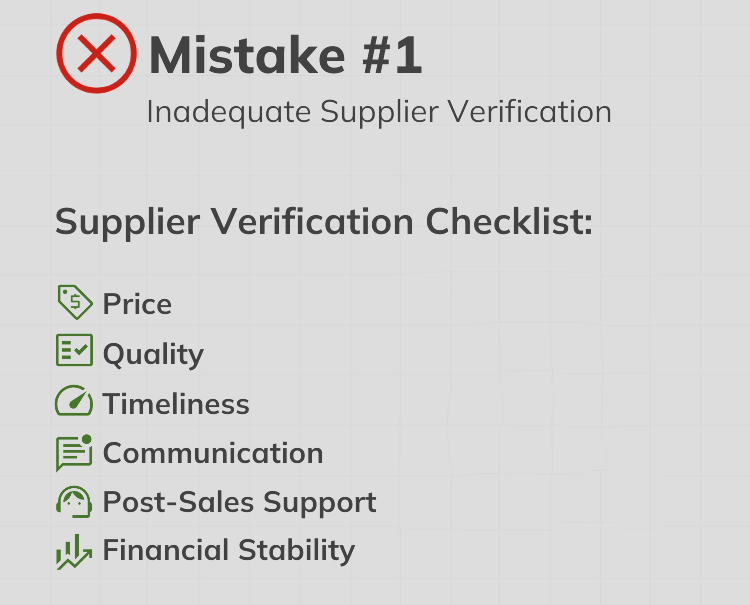
When importing windows from China, choosing a reliable supplier is crucial. While there are many window manufacturers in China, their quality, production capacity, and international experience vary greatly. If a supplier fails to meet contract terms or delivers substandard products, your project could suffer significant setbacks.
When evaluating suppliers, focus on the following points:
Export experience:Does the supplier understand international market requirements? Do they have proven export cases?
Product certifications:Are the windows certified to international standards, such as NFRC or AAMA?
Pricing transparency:Is the pricing clear, including product costs, mold fees, and certification charges, without hidden fees?
Delivery capacity:Can they handle large orders? Are delivery timelines reliable?
Communication:Do they have an English-speaking sales team? Is communication efficient and prompt?
Mistake#2: Failing to Meet International Standards
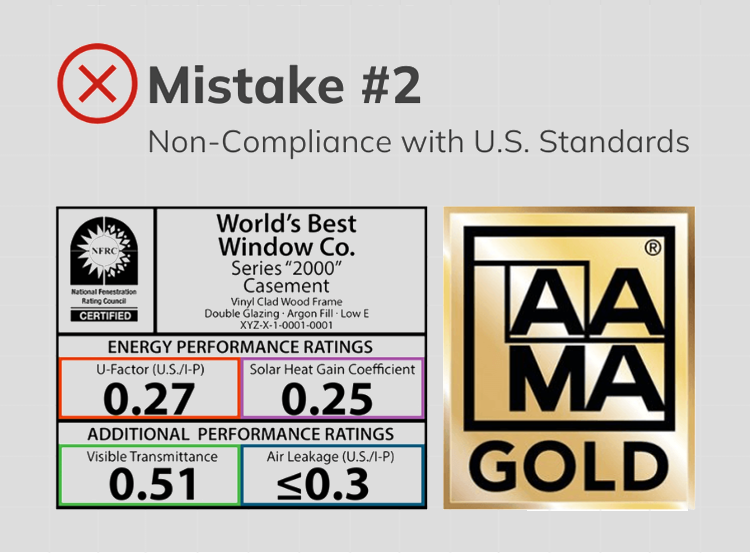
Chinese window standards may differ from those in the Americas, the Middle East, and Oceania. Ensuring compliance with local building codes is essential. If windows fail inspection, you could face reinstallation costs or fines.
Common international window certifications include:
NFRC (National Fenestration Rating Council) -Widely used in the US and Canadian markets
AAMA (American Architectural Manufacturers Association) -Complies with US building codes
Impact-Resistant Certification-Essential for coastal areas, such as Florida, USA
Mistake#3: Miscalculating Import Costs

Many developers underestimate the actual costs of importing windows from China. Focusing only on product prices while ignoring additional fees can blow your budget.
Real import costs include:
Tariffs and import duties
Shipping (by sea or air)
Port charges(customs clearance, storage, etc.)
Currency exchange rates
Packaging and handling fees
Mistake#4: Poor Logistics Coordination
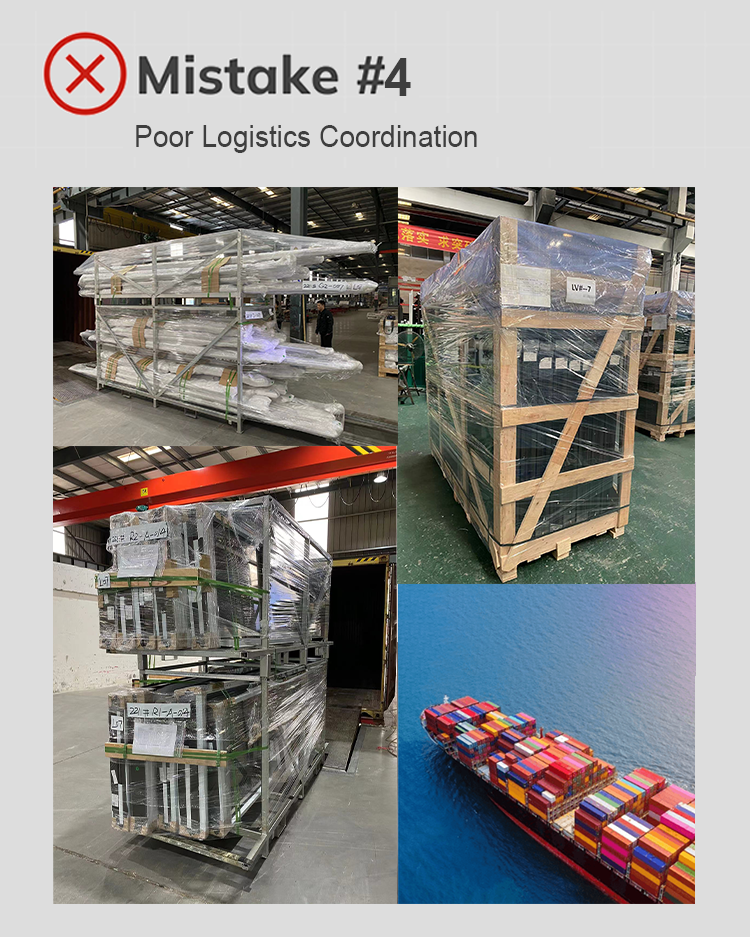
Logistics planning is crucial when importing windows. Every step — from production and packaging to shipping — affects your project timeline.
Common logistics challenges include:
Shipping delays:Container space may be limited during peak shipping seasons.
Customs inspections:Incomplete documentation can lead to customs holds.
Improper packaging:Windows can be damaged in transit without proper reinforcement packaging.
Mistake#5: Lack of Installation Preparation
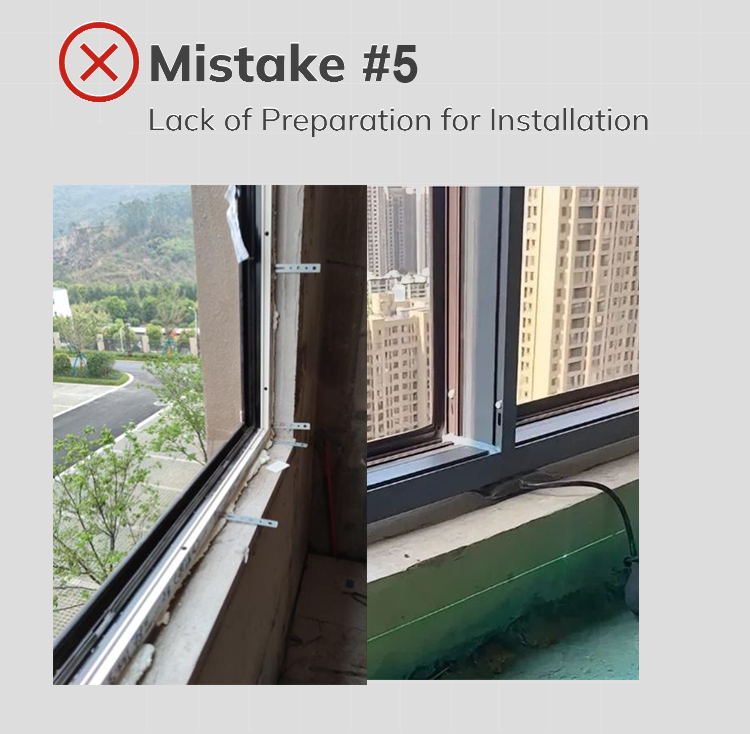
Chinese window installation methods may differ from those in international markets, leading to on-site challenges if unprepared.
Our solutions:
Provide detailed installation guides and tutorial videos.
Discuss installation details with your project manager beforehand.
Customize installation accessories, such as nail fins or anchor bolts.
Conclusion
Importing windows from China enhances your project’s design, energy efficiency, and cost-effectiveness — but it requires careful planning and a reliable partner.
By partnering with BEATUS Facade, you benefit from:
Exporting from BEAUS | Local Procurement | |
Raw Material Quality | Uses globally sourced, high-performance insulating materials and aluminum alloy profiles, ensuring superior thermal insulation, durability, and environmental compliance. | Materials may be sourced locally but could lack the same range of high-performance options, potentially affecting insulation and durability. |
Production Technology | Advanced automated production lines and cutting-edge thermal break designs ensure consistency, precision, and high-quality standards. | Local manufacturers may have older or less efficient technology, potentially affecting production precision and design innovation. |
R&D and Technical Support | Continual investment in R&D to improve product performance, customization, and adaptation to different climates and regulations. | Local manufacturers may have limited resources for extensive R&D, affecting product innovation and adaptability to specific market needs. |
Cost Efficiency | Leveraging economies of scale and efficient mass production lowers costs, offering competitive pricing for high-quality products. | Local production typically incurs higher labor and material costs, leading to higher prices for comparable products. |
Delivery Times and Flexibility | Efficient logistics systems ensure timely global delivery with flexible production cycles, accommodating urgent project needs. | Local procurement may offer faster delivery, but flexibility may be limited based on production capacity and local supply chain constraints. |
Environmental Compliance | Chinese manufacturers comply with international environmental standards (e.g., EU, ASTM, Australia’s AS standards), offering eco-friendly products. | Local manufacturers also meet national standards but may have fewer eco-friendly options or more costly compliance processes. |
Customization & Market Adaptability | High flexibility in customizing designs, ensuring products meet specific market requirements (e.g., energy efficiency, noise reduction). | Local manufacturers may offer customization but could be more limited in adapting to specific high-end project needs. |
Contact us today to elevate your project!



Comments